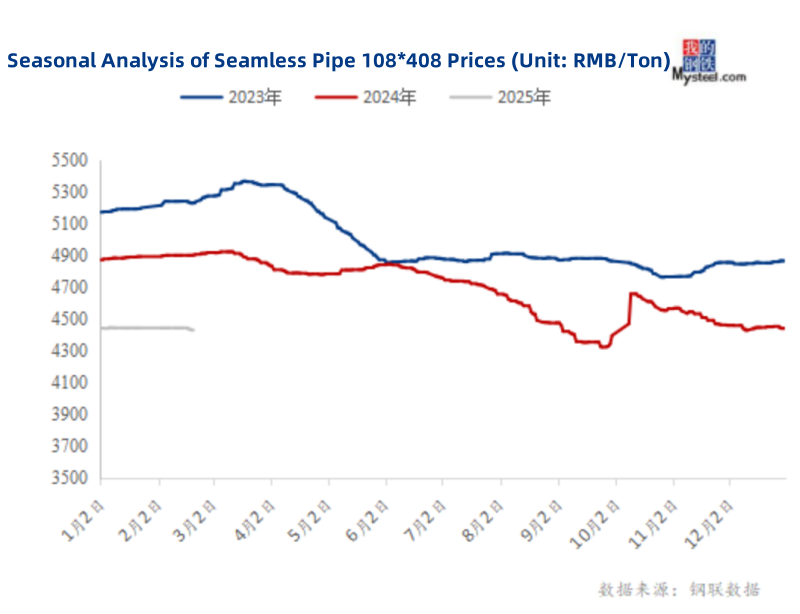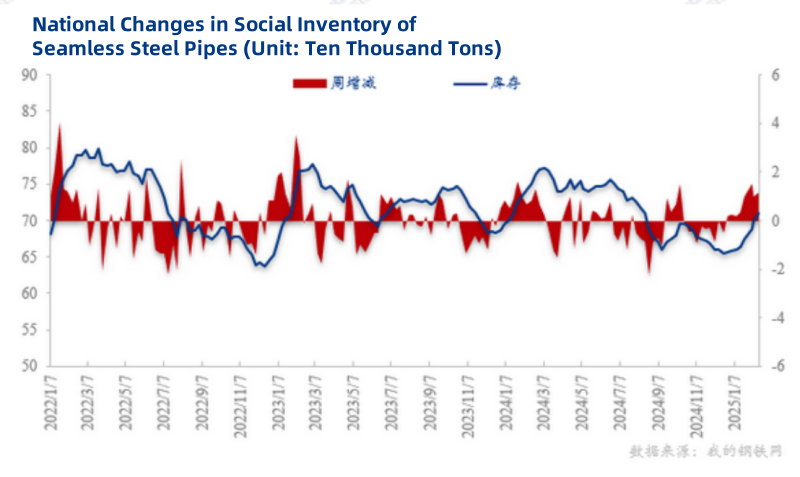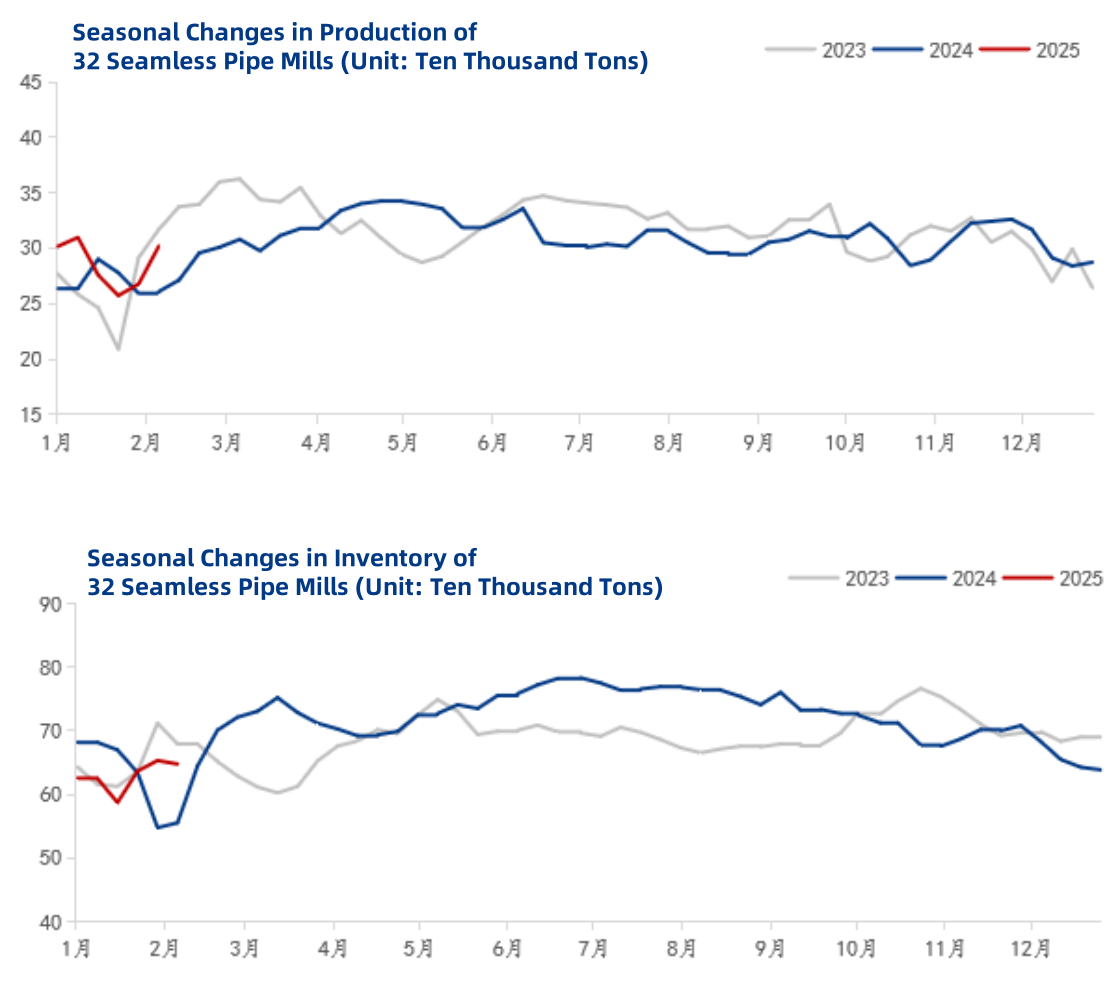Price Stability: National average price holds firm at 4,431 RMB/ton (28 major cities as of Feb 20)
Futures-Driven Cost Pressures:
Black commodity futures fluctuate within 2.8% range
Raw material costs initially dipped 1.2% post-holiday, rebounded 0.8% with futures rally
Transaction Patterns:
70% post-holiday activities focused on processing pre-existing orders
Full-market recovery expected post-March 10 as downstream projects accelerate
Key Insight: "This stability masks underlying tensions - traders balance inventory risks against anticipated policy boosts."

Eastern Markets:
Average 4,420 RMB/ton (-50 vs pre-festival)
Covert discounts reach 3% through value-added services
Northern Markets:
4,450 RMB/ton (-30) with 40% project delays due to -15°C temperatures
Southern Markets:
4,415 RMB/ton (-35) showing early infrastructure demand signals
Critical Development: National average dipped 13 RMB/ton despite 85% mills maintaining ex-works prices.
Dominant Trend (70% Mills):
50-100 RMB/ton reductions on standard grades
Targets 15-20% inventory reduction before Q1 financial closures
Premium Product Adjustments (15% Mills):
50-100 RMB/ton increases for API 5L-certified products
Aligns with energy sector's Q2 procurement cycles
Hybrid Approaches:
Base price stability with bundled logistics/technical support
Social Inventory:
699,200 tons (+3.6% MoM)
42% below 2021 peak levels due to cautious winter stocking
Mill Inventory:
63,440 tons (-2.1% WoW) indicating production adjustments
8.1% higher YoY reflecting output expansion
Strategic Restocking:
88% traders prioritized common specifications (219mm以下 diameters)
Specialty grade inventories 35% below 2024 levels
Analyst Perspective: "This inventory structure reveals market maturity - traders now prioritize liquidity over speculation."

Output Growth:
Weekly production at 321,400 tons (+6.5% WoW, +16.5% MoM)
Annualized output projected at 16.7 million tons (+9.8% vs 2024)
Efficiency Gains:
Capacity utilization reaches 69.84% (+4.24pp WoW)
18% mills implementing AI-driven production scheduling
Inventory Management:
Raw material reserves at 305,300 tons (-0.2% WoW)
Strategic buffer maintains 45-day consumption coverage

Debt Resolution Program:
10 trillion RMB package reduces local debt ratios by 40-60%
Directly benefits 28 steel-intensive provinces
Urban Renewal Initiative:
1 million shantytown units across 35 cities
Q2 tender pipeline valued at 220 billion RMB
Industrial Upgrade Scheme:
15% tax rebates for smart manufacturing upgrades
Targets 30% energy efficiency improvement in pipe mills
Southern China:
25-30% transaction growth expected in March
Driven by early monsoon preparation in coastal projects
Northern China:
10-15% delayed recovery pending temperature rise
Critical thaw period: March 15-25
Policy Wildcard:
Steel VAT adjustments
Cross-province infrastructure coordination mechanisms
National "Two Sessions" meeting (March 4-11) may announce:
Inventory Optimization:
Maintain 45-60 day stock of high-turnover specifications
Limit slow-moving inventories below 15% through dynamic allocation
Pricing Agility:
Implement real-time competitor price monitoring systems
Hedge 30% exposure via black commodity futures (Current CIOPI: 452.3)
Policy Preparedness:
Establish dedicated team tracking urban renewal tenders
Prepare technical certifications for energy-grade pipe bids
Final Note: "The market's spring resurgence demands precision - those who align inventory, pricing and policy strategies will capture the 2025 advantage."